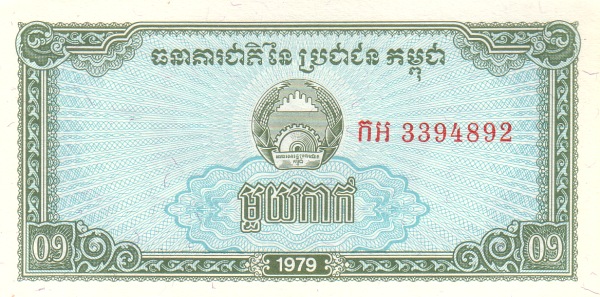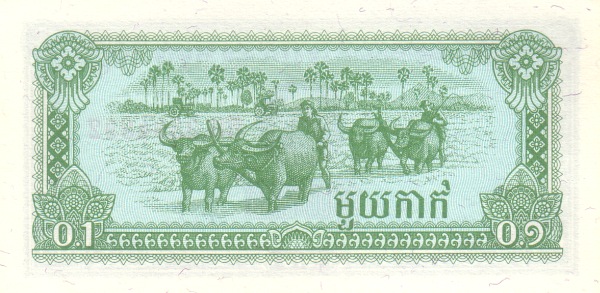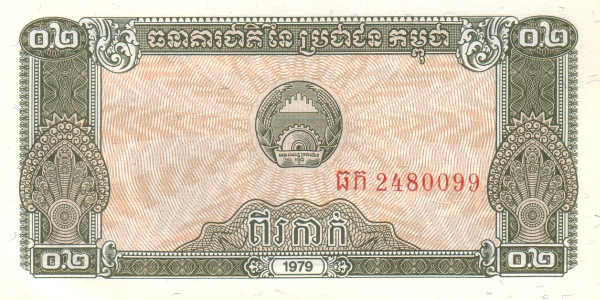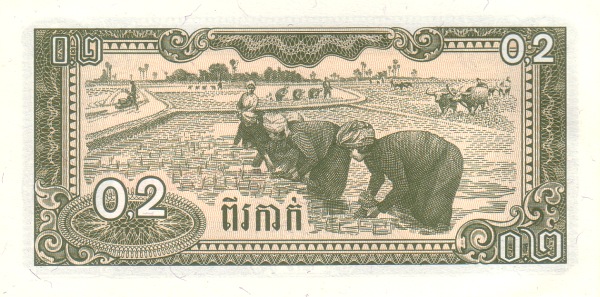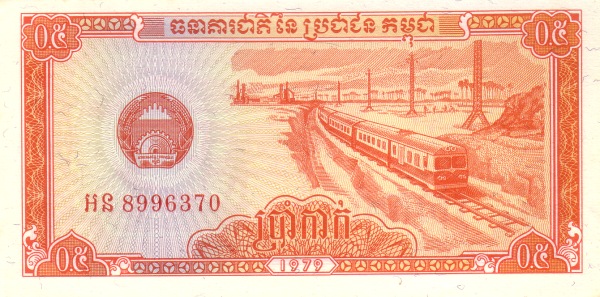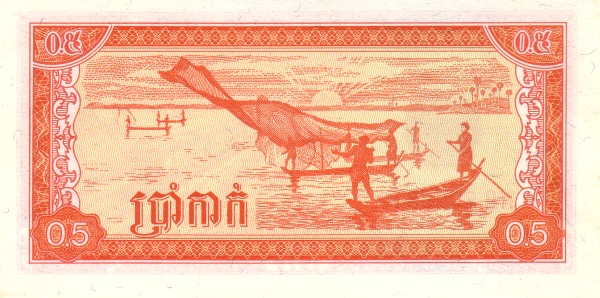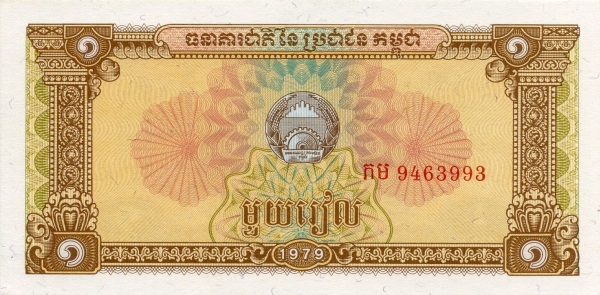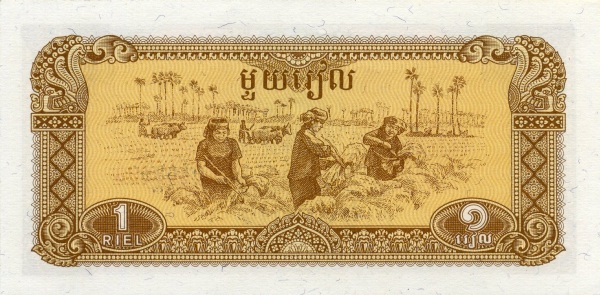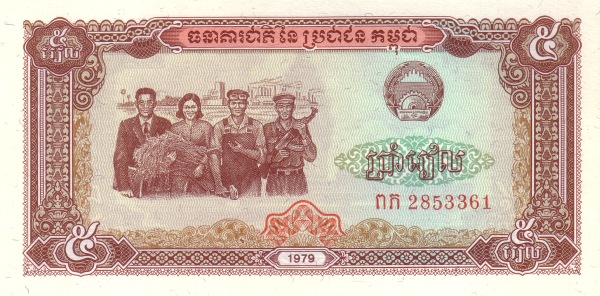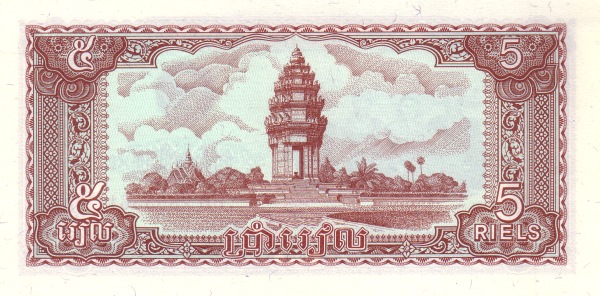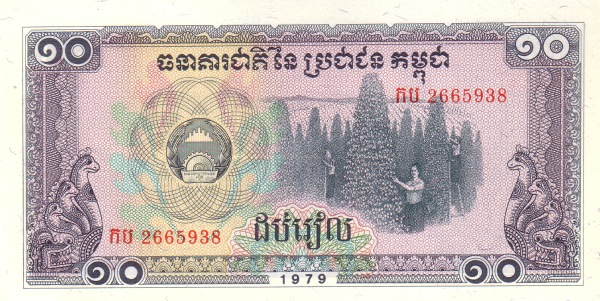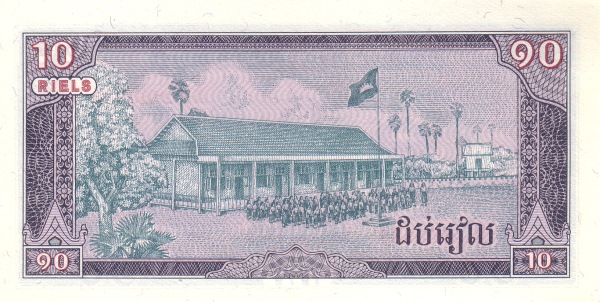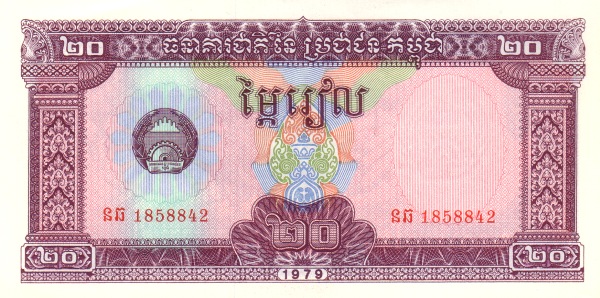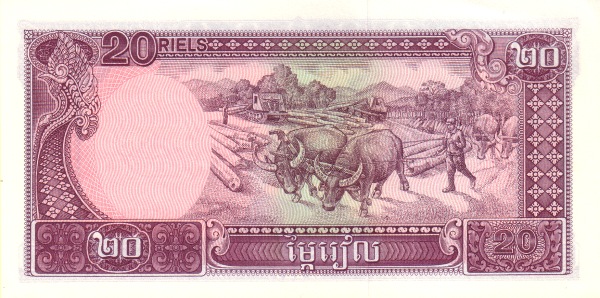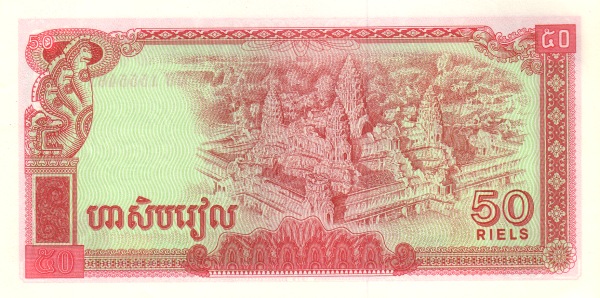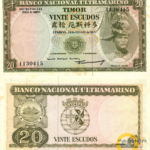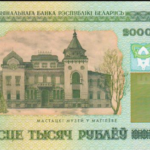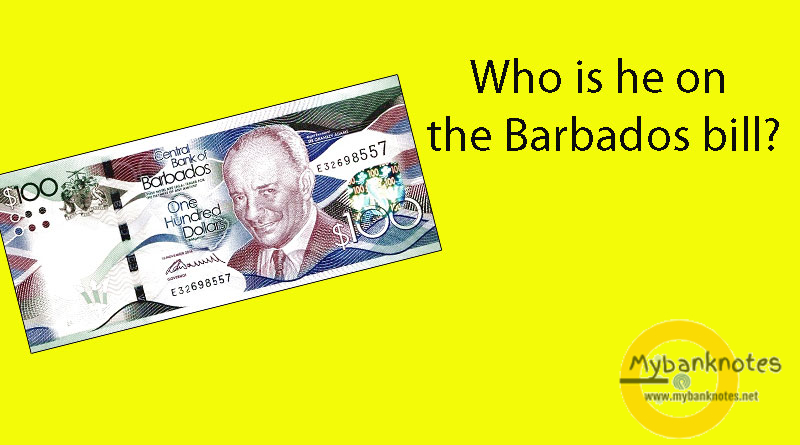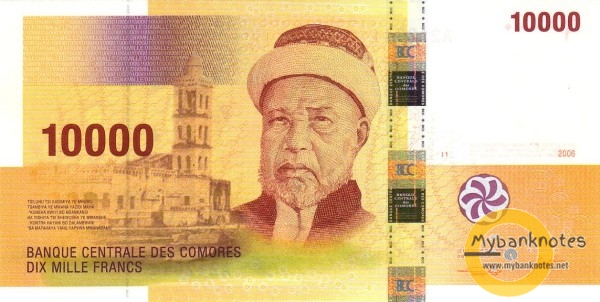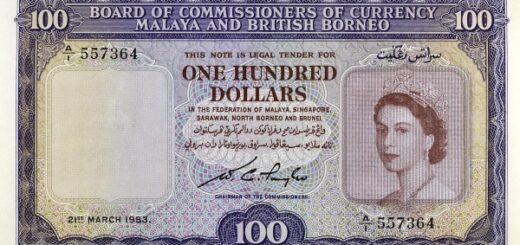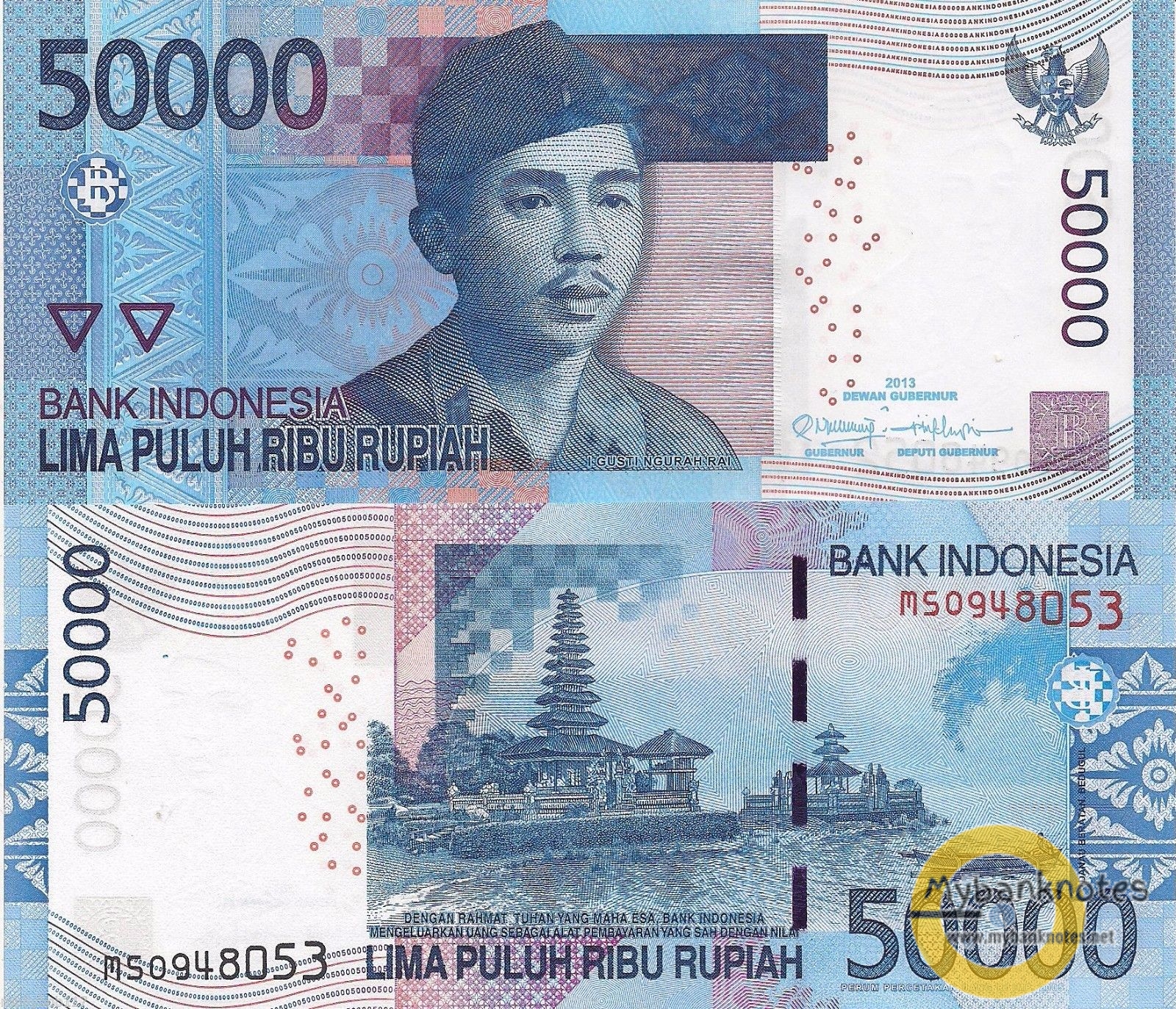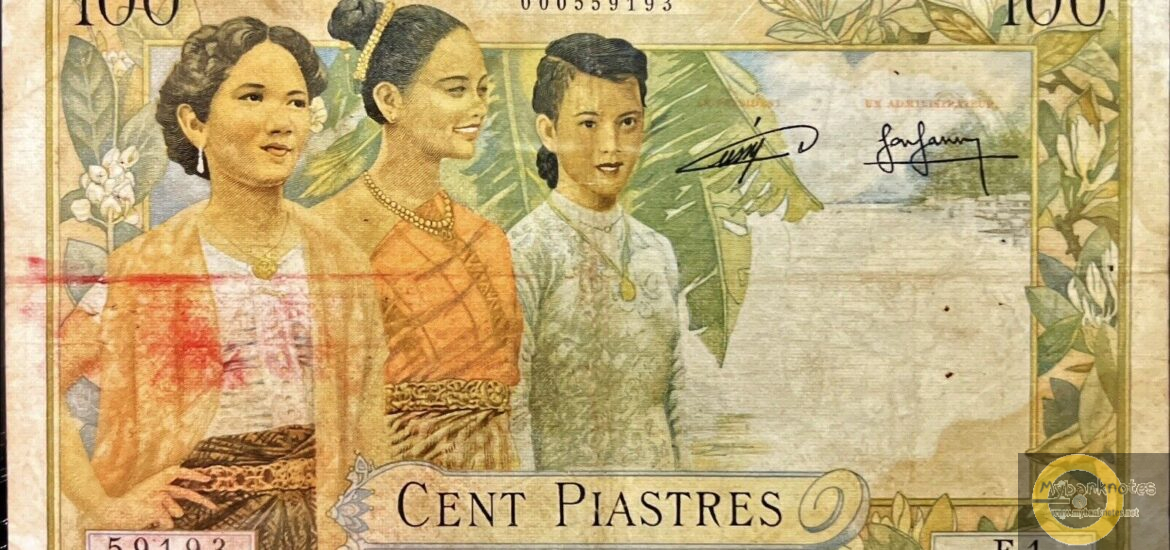State Bank Of Democratic Kampuchea – Cambodia 1979 Issue
After the Pol Pot regime – the genocidal regime that massacred more than 1 million Cambodians – was destroyed. The urgent work is to circulate new currency to stabilize the economic situation as well as affirm the role of the new government. In 1979, the Democratic State Bank of Cambodia circulated a new currency system with denominations from 0.1 riel to 50 riel.
Establishment Of The State Bank Of Democratic Kampuchea In Post-Khmer Rouge Cambodia
The establishment of the State Bank of Democratic Kampuchea in post-Khmer Rouge Cambodia marked a pivotal moment in the nation’s recovery and reformation process. After the fall of the Khmer Rouge regime in 1979, Cambodia faced the monumental task of rebuilding its shattered economy and restoring public trust in its financial institutions. In this context, the creation of the State Bank of Democratic Kampuchea was not merely an administrative measure but a crucial step towards stabilizing the country’s currency and revitalizing its banking system.
This new central bank was tasked with issuing currency, managing the nation’s foreign reserves, and setting monetary policy—foundational functions for restarting economic activities. Its establishment represented a beacon of normalization and progression, laying down essential financial infrastructure needed for Cambodia’s journey towards economic rehabilitation and growth.
Economic Reforms And Monetary Policies Of The State Bank In 1979
In 1979, following the tumultuous regime of the Khmer Rouge, Cambodia embarked on a path of economic recovery under the newly established People’s Republic of Kampuchea. Central to these efforts was the re-establishment of the State Bank of Democratic Kampuchea, which played a pivotal role in instituting economic reforms and steering monetary policies aimed at stabilizing and revitalizing the war-torn economy.
The bank introduced a new currency, the riel, to replace barter trade and rekindle monetary transactions. By setting exchange rates and regulating credit, it endeavored to foster economic activities and restore public confidence in the banking system. These measures were crucial for rebuilding infrastructure, supporting agricultural production, and facilitating trade operations—essential steps towards economic normalization and growth after years of isolation and devastation.
Challenges And Impacts On Cambodia’s Economy Following The 1979 Issuance
The State Bank of Democratic Kampuchea’s 1979 currency issuance marked a pivotal moment in Cambodia’s economic recovery post-Khmer Rouge regime. This initiative faced considerable challenges, primarily due to the country’s devastated infrastructure and the general population’s lack of trust in a centralized financial institution after years of turmoil. The abrupt shift to a new currency system also led to confusion and skepticism among Cambodians, further complicating its acceptance and circulation.
Despite these hurdles, the 1979 issuance had significant impacts on Cambodia’s economy. It symbolized a step toward re-establishing monetary stability and rebuilding the national economy from the ruins left by years of conflict. This move was crucial for restoring public confidence in Cambodia’s financial systems, facilitating trade, encouraging investment, and laying down foundational blocks for future economic policies and development strategies.
Legacy And Evolution Of Banking In Cambodia Post-1979 Era
The legacy and evolution of banking in Cambodia post-1979 era mark a significant transformation from the tumultuous years under the Khmer Rouge, where traditional banking was eradicated, to the re-establishment and modernization of the financial sector. Following Vietnam’s invasion in 1979, which led to the fall of Democratic Kampuchea, the State Bank of Cambodia was re-instituted as part of efforts to stabilize and revitalize the economy.
This period heralded a gradual shift towards economic liberalization, attracting foreign investment and fostering a competitive banking environment. The introduction of private banks in the 1990s further accelerated this evolution, culminating in a robust financial infrastructure characterized by digital banking technologies and regional integration. Today’s Cambodian banking sector reflects a remarkable journey from non-existence to dynamic growth, playing a crucial role in national development and economic resilience.
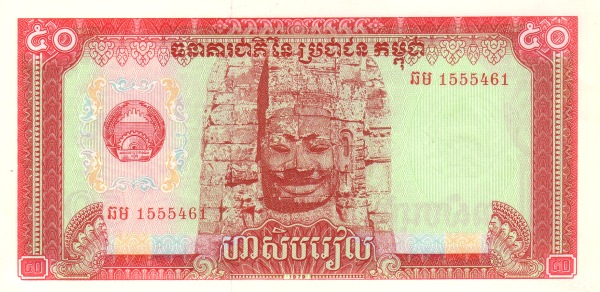
Source picture:
http://www.banknote.ws/COLLECTION/countries/ASI/CMB/CMB.htm
Source infomation:
[0]: https://oxfordre.com/americanhistory/display/10.1093/acrefore/9780199329175.001.0001/acrefore-9780199329175-e-317?mediaType=Article
[1]: https://www.ncbi.nlm.nih.gov/pmc/articles/PMC2636393/
[2]: https://www.nbc.gov.kh/english/about_the_bank/history_of_nbc.php
[3]: https://www.investopedia.com/articles/07/banking.asp
[4]: https://dokumen.pub/revolution-reform-and-regionalism-in-southeast-asia-cambodia-laos-and-vietnam-first-edition-0203099478-0415701848-9780415701846-0415470072-9780415470070.html
[5]: https://www.aljazeera.com/features/2012/2/3/key-facts-on-the-khmer-rouge
[6]: https://digitalcommons.usf.edu/gsp/vol14/iss1/11/
[7]: https://en.wikipedia.org/wiki/Khmer_Rouge
[8]: https://www.oecd-ilibrary.org/sites/9789264273634-6-en/index.html?itemId=/content/component/9789264273634-6-en
[9]: https://en.wikipedia.org/wiki/Economic_history_of_Cambodia
[10]: https://2001-2009.state.gov/r/pa/ei/bgn/2732.htm
[11]: https://uchimsya.com/a/qNrS1ZKF

